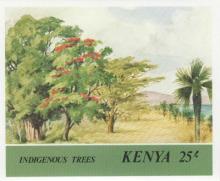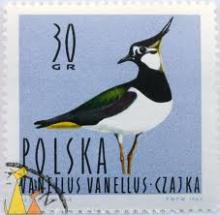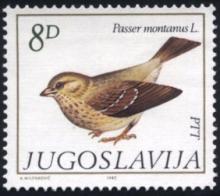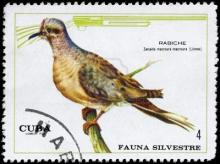Recent outbreaks of American Foulbrood disease in hives in Hawkes Bay and Northland are a timely pointer to the precarious life of bees in New Zealand and to the factors impinging upon its health
New Zealand agriculture and horticulture is dependent solely upon bees to carry out pollination. We have no other insects capable of doing the job. Yet these vital workers are under extraordinary threat, not only from insecticides but also from disease, habitat loss and the varroa mite. Currently, this mite poses the most immediate danger. Since its arrival in 2000 it has exterminated feral bees whose role in pollinating clover was taken for granted by farmers. Clover is an important source of natural nitrogen, the prime fertiliser of pasture. We can’t afford, therefore, to compromise the health of bees that are managed in hives or we risk losing everything – the export basis of our economy, along with the security of the food which keeps us alive. But by using insecticides whose active ingredient is a systemic neonicotinoid chemical, it’s likely we are. The National Beekeepers Association points out that all the conditions which are implicated in bee die-off overseas exist here, namely: the threat of increased pests and diseases, the long term effects of the varroa mite, the sub-lethal and synergistic effects of agricultural chemicals and the loss of habitat.










